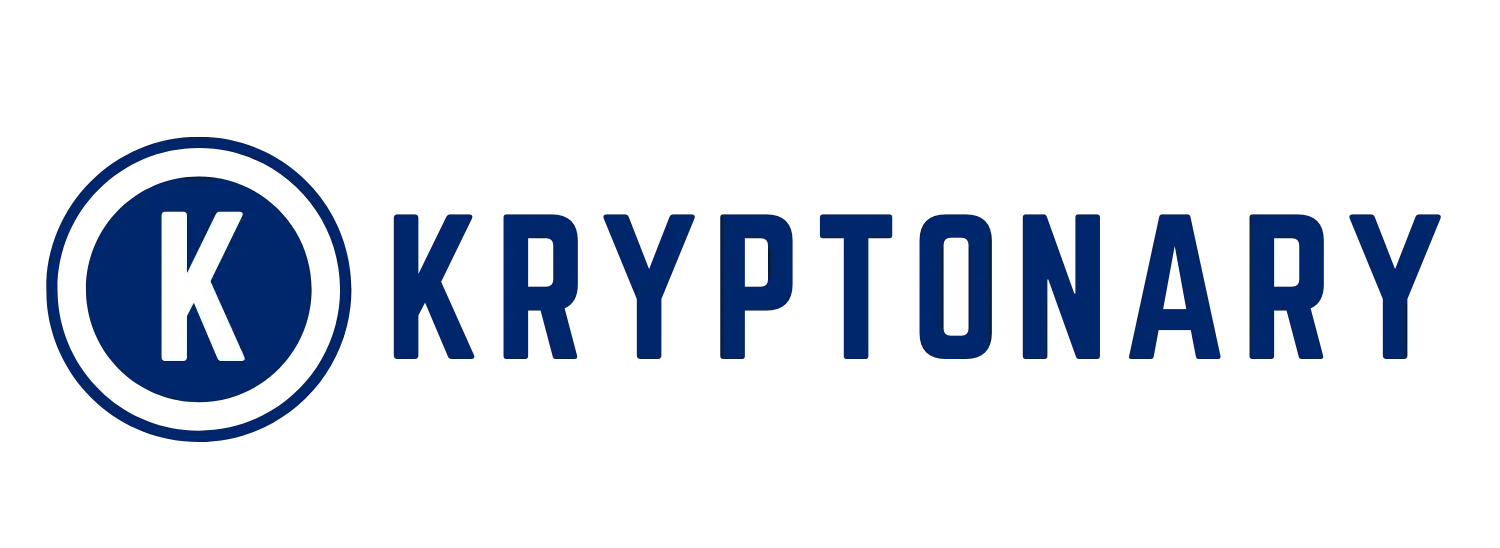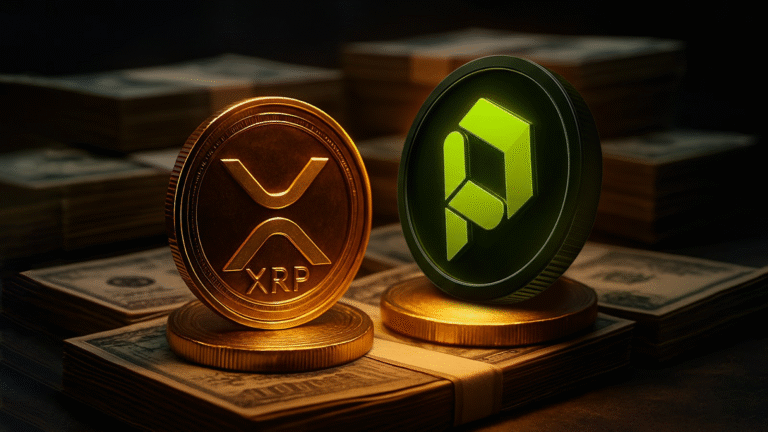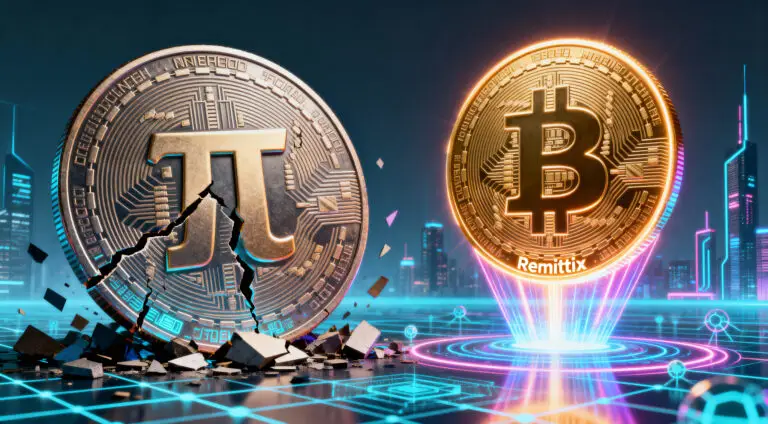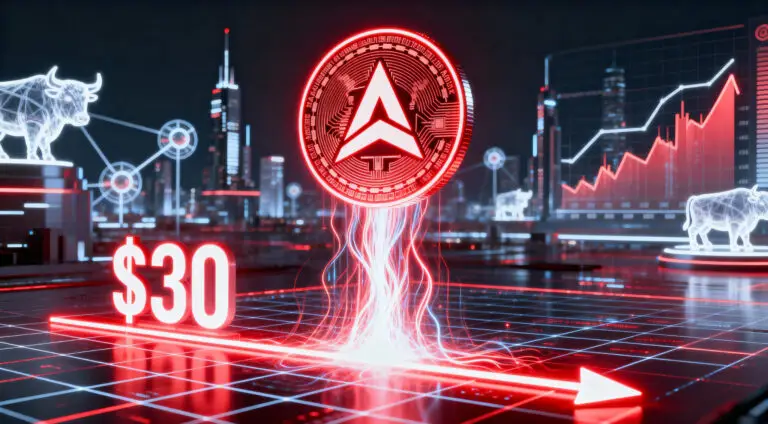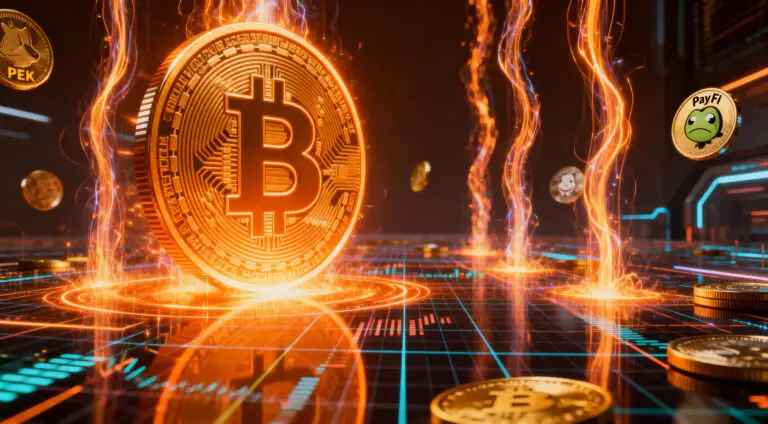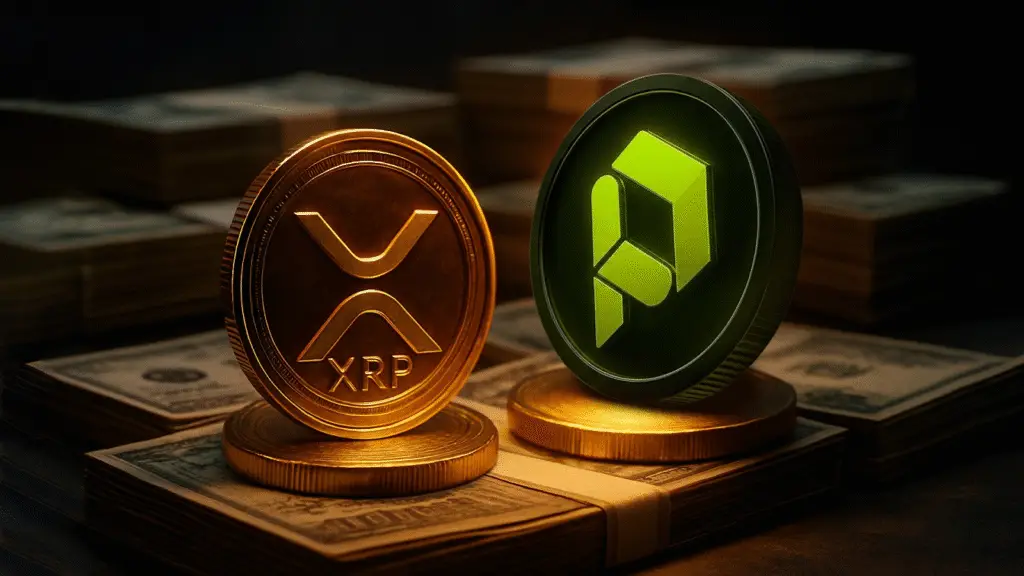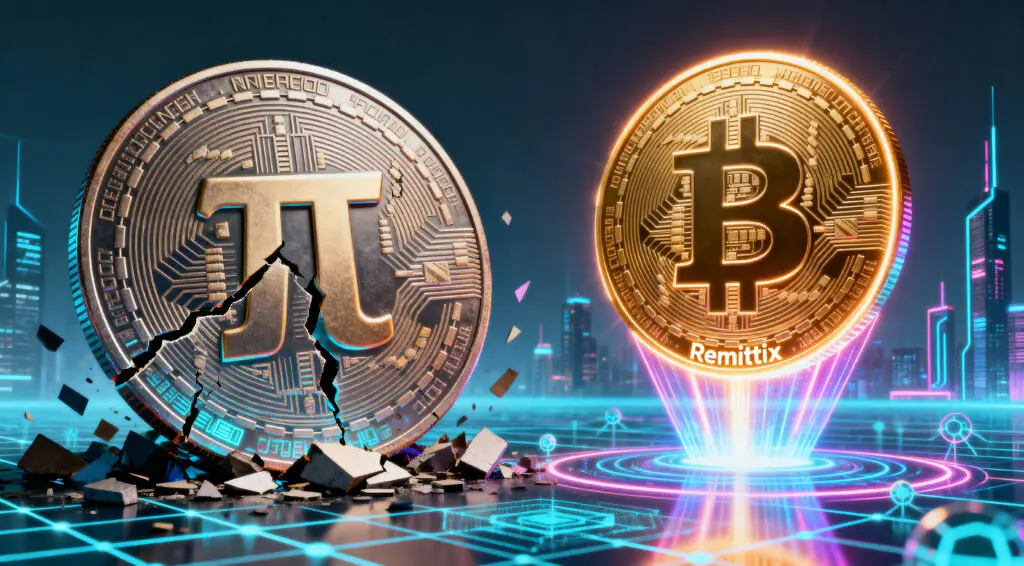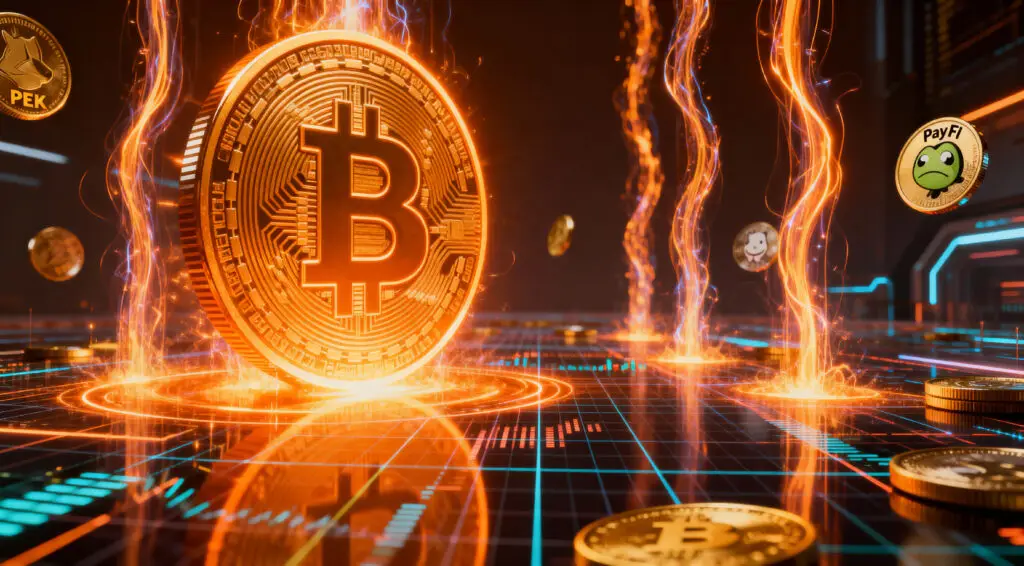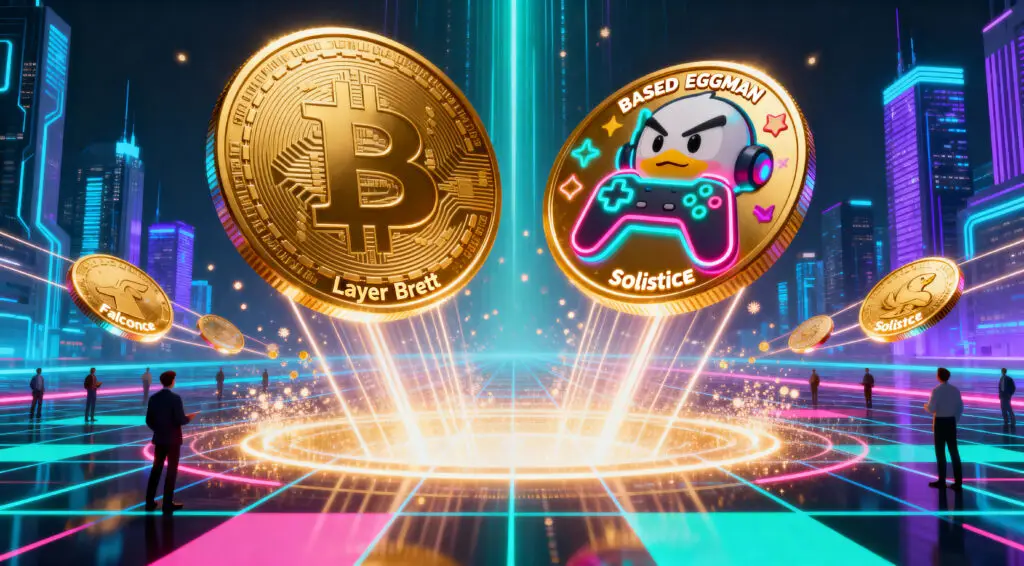XRP Plays a Critical Role in Transforming Global Payment Systems
XRP has often been viewed mainly in terms of its speculative price fluctuations and its position in market capitalization rankings. Yet, beneath the fluctuations exists a framework that fuels genuine financial operations and connects conventional systems with blockchain innovation. Its distinctive function goes well beyond mere investment excitement.
The interplay of technological efficiency, institutional trust, and a solid legal framework is reshaping the value proposition of XRP. It is becoming part of payment systems, loyalty programs, and regulatory frameworks, indicating its transformation into a practical layer of financial infrastructure rather than merely a traded token.
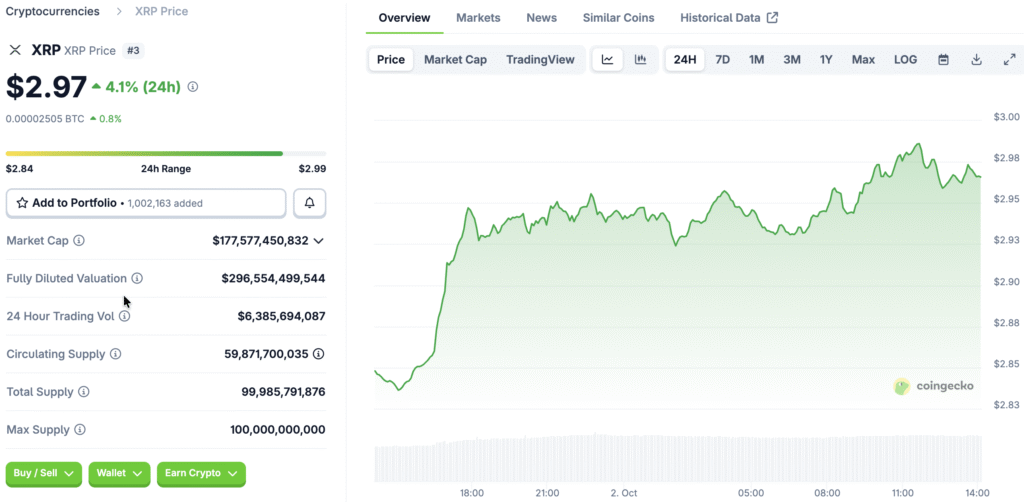
Cross-Border Remittance Efficiency Gives XRP Real-World Utility
XRP stands out for its capacity to enhance international remittance processes, offering remarkable speed and cost-effectiveness. XRP serves as a bridge currency, effectively removing the necessity for pre-funding accounts. This innovation significantly cuts down settlement times and reduces the transfer fees linked to global payments.
Financial institutions and fintech platforms are progressively adopting XRP to facilitate swift transactions in emerging markets. Notable instances feature SBI Remit catering to Southeast Asia and Ripple collaborations in Brazil. This illustrates the real advantages that XRP offers to migrant workers and businesses engaged in cross-border transactions.
Loyalty and Travel Programs Expand XRP Daily Usage Potential
XRP is finding its place in loyalty programs, travel, and consumer services, paving the way for innovative applications beyond conventional finance. Through the integration with these programs, XRP transitions from being a speculative investment to serving as a practical currency for everyday activities such as travel bookings and reward redemptions.
Webus and Wetour have set aside substantial XRP reserves to facilitate travel vouchers and loyalty point conversions in global markets. With over sixty million members able to redeem XRP for premium experiences, this highlights an increasing mainstream presence and practical application within consumer networks.
Recommended Article: Market News Today: Crypto Asset Ethereum, XRP and MAGAX Could Rally in October 2025
Institutional Adoption Strengthens XRP Position As A Trusted Asset
Leading financial institutions and corporations are integrating XRP into their treasury and payment frameworks. This involvement from institutions indicates a growing confidence in XRP’s reliability and functionality for practical applications, rather than just speculative trading on exchanges.
SBI Holdings, Santander, and various other key players possess substantial XRP reserves and are actively exploring settlement applications. Through the management of liquidity and the facilitation of international transfers via XRP, these organizations affirm its status as a high-quality digital asset in today’s financial systems.
Technological Innovation Makes XRP Ledger a Scalable Solution
The XRP Ledger offers rapid, secure, and cost-effective transaction capabilities, catering to a variety of financial and technological applications. With settlement times of less than five seconds and remarkably low fees, XRPL stands out as a prime candidate for real-world adoption across various industries.
Upgrades to the ledger, such as XLS 20, facilitate the direct issuance of NFTs on the chain, while initiatives like XLS 70 enhance the management of digital identities. The advancements broaden XRP’s possible uses in fields such as stablecoin creation, tokenized securities, and decentralized finance ecosystems, showcasing its growing adaptability.
Regulatory Clarity and Network Effects Accelerate Global Adoption
The resolution of legal disputes with US regulators has granted XRP essential regulatory clarity, enhancing institutional confidence and accelerating global integration efforts. This clarity enables XRP to broaden its reach across different jurisdictions, minimizing the legal uncertainties that have previously obstructed its adoption.
At the same time, XRP’s network is expanding swiftly, boasting millions of active wallets and a rise in exchange involvement across Asia and Europe. With the increasing adoption of XRP by banks and platforms, the resulting network effects enhance liquidity, strengthen payment corridors, and generate additional usage opportunities in the realm of cross-border finance.
XRP Encounters Competitive Hurdles Yet Maintains a Strategic Edge
Even with advancements, XRP encounters rivalry from stablecoins and central bank digital currencies, which enjoy regulatory support and substantial transaction volumes. There are still gaps in adoption, as stablecoins such as USDC are managing notably larger payment flows across international networks.
The landscape of regulations continues to vary, as certain regions maintain their restrictions. Despite the challenges, XRP stands out due to its legal clarity, institutional trust, and technological prowess, making it well-suited to connect traditional finance with digital asset systems, provided that adoption keeps growing.
